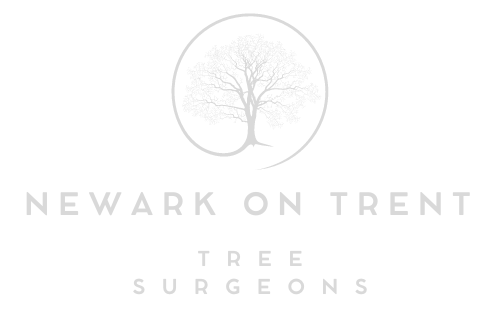What Crown Reduction Can Reveal About Tree Structure
Introduction
Crown reduction is often viewed simply as a method for reducing the size or spread of a tree. But in professional tree care, it’s also a diagnostic tool that can provide valuable insight into the tree’s overall health, stability, and internal structure. At Newark on Trent Tree Surgeons, we regularly carry out crown reductions across Newark on Trent, Nottingham not only to manage growth but also to assess the condition and safety of mature trees.
Understanding what a crown reduction can reveal helps property owners make informed decisions about tree care, safety, and long-term management. Here’s why this service goes far beyond aesthetics.
Understanding Crown Reduction
Crown reduction involves the careful pruning of branches to reduce the height or spread of a tree’s canopy. The aim is to maintain the natural shape while easing weight or growth pressure.
Primary reasons for crown reduction:
- To manage the risk of branch failure
- To reduce shading or interference with buildings
- To balance the tree after storm damage
- To improve structural integrity by removing weak or overlapping growth
Done correctly, this process not only improves the tree’s external appearance but also reveals the hidden truth about what lies beneath the canopy.
What the Reduction Process Can Uncover
The act of removing branches during a crown reduction allows professional arborists to see parts of the tree that are normally obscured. This can lead to the identification of several potential concerns.
Hidden structural weaknesses
Once outer growth is trimmed, underlying issues often become visible, such as:
- Cracks or splits in main limbs
- Co-dominant stems prone to failure
- Areas of decay hidden beneath bark
- Weak unions or overly heavy lateral branches
These weaknesses are particularly common in older trees and can be hard to detect until work begins. Newark on Trent Tree Surgeons often use this opportunity to assess risk and recommend corrective action.
Pest and disease indicators
Pruning work exposes parts of the tree previously hidden from view, helping to detect:
- Fungal bodies growing near branch unions
- Bore holes from insects
- Unusual sap flow or discoloured wood
Spotting these signs early can make a significant difference in preventing disease spread or internal decay from worsening.
Wood quality and response
The cut surfaces and internal wood exposed during pruning also reveal the tree’s resilience.
Signs of good tree health:
- Even wood grain and colour
- Minimal deadwood in trimmed sections
- Healthy bark regrowth near previous cuts
Warning signs:
- Hollow or punky wood
- Poor callus formation on old cuts
- Extensive dead limbs or cankers
The presence or absence of these signs allows for accurate evaluation of the tree’s viability.
The Role of Experienced Tree Surgeons
Crown reduction isn’t just about cutting—it’s about observing, assessing, and making informed decisions for the tree’s future.
At Newark on Trent Tree Surgeons, we carry out each crown reduction with the goal of:
- Enhancing tree balance and longevity
- Identifying safety risks before failure occurs
- Advising clients on future care or potential removal
- Maintaining the natural form and ecological value of the tree
This level of insight is why it’s essential to hire qualified professionals. An untrained cut not only risks harming the tree but may also mask underlying problems that go unaddressed.
Planning for Future Tree Health
Crown reduction is an opportunity to plan long-term. By identifying internal weaknesses or disease, we can recommend follow-up care that supports the tree’s structure and health.
Aftercare strategies may include:
- Installing bracing for heavy or weak limbs
- Regular monitoring schedules for pest activity
- Soil conditioning or mulching to support root health
- Strategic pruning cycles to manage regrowth
Trees in Newark on Trent, Nottingham face various environmental pressures, from weather extremes to urban constraints. A proactive approach ensures they remain a safe and valuable part of your landscape.
Conclusion
Crown reduction is far more than a cosmetic service—it’s an essential tool for uncovering the hidden truths about a tree’s structure, health, and long-term viability. For property owners in Newark on Trent, Nottingham, this process provides peace of mind by identifying issues early and guiding appropriate action.
At Newark on Trent Tree Surgeons, we view each crown reduction as an opportunity to improve both the form and function of your trees. Whether you’re looking to reduce risk, manage growth, or gain insight into the structural condition of your trees, our experienced team is here to provide honest, expert care. Keep your trees safe, balanced, and beautiful—with knowledge rooted in precision and experience.
Call us on: 01636 556 296
Click here to find out more about Newark on Trent Tree Surgeons
Click here to complete our contact form and see how we can help with your tree needs.

